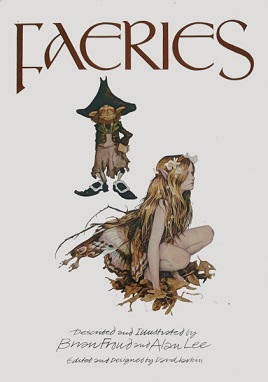Levistus's_Leviathan
5e Freelancer
My personal headcanon is that the Gods of the Goblinoids that were conquered by Maglubiyet were actually Archfey of the Unseelie Court. It would explain why the few Goblinoid Gods that we know survived Maglubiyet's Conquest (Khurgorbaeyag the Overseer, Hruggek, Grankhul, Nomog-Geaya, and Bargrivyek) were the more disciplined and, I don't know if this is 100% accurate, "Lawful Evil" type gods than the one that we of that was killed (the trickster god that's spirit now creates Nilbogs). Maglubiyet also apparently killed almost all of the former Goblinoid pantheon, and it appears that he only let the most disciplined and militaristic ones survive. If the gods of the goblinoids were, at one point, Archfey, it would make sense for why the majority of them were exterminated (because Maglubiyet hates tricksters), and would match the 1 thing we know about one of the goblin gods that Maglubiyet killed (being a trickster, like fey commonly are).One could even say that the D&D Hobgoblin (martial-type) is the weird one in the mythocosmology, hobgoblins would be ancestrally fey. Actually, it can make for a good story as to how a family of hobgoblins fled from fairy and became the lawful evil brutes we all love...
I even homebrewed fey-versions of the 3 main goblinoid races (Gremlins for Goblins, Hobs for Hobgoblins, Boggarts for Bugbears) to give player options for the few feyish Goblinoids that either avoided being conquered by Maglubiyet or eventually escaped back to the Feywild and took upon their former nature at some point in the past.
Now, I don't think that WotC will necessarily do anything like this, but if one of the setting books that we're getting next year is in any way related to the Feywild or Goblinoids (which is pretty unlikely, as we just got a feywild book and goblinoids are discussed in Volo's Guide to Monsters, and the Hobgoblin of the Feywild might just be published in the Monsters of the Multiverse book), I do expect something like this to be canonized, or at least hinted at. If Hobgoblins and the other goblinoids were originally from the Feywild, it just makes sense for their Old Gods to have been Archfey.

